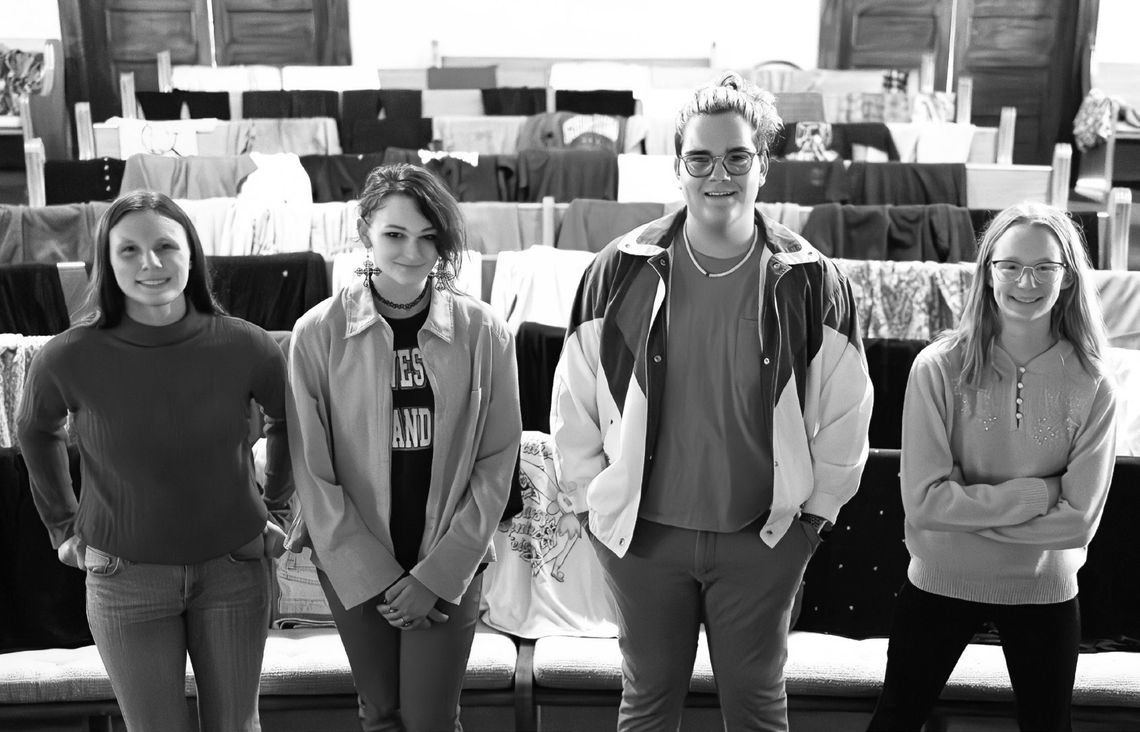Waste Not, Want Not! Is the theme for the free two-part program on Sunday afternoon, September 29. The 2pm event will be held at the Neodesha Art Center, 200 North 5th Street.
Marla Day presentation is on the practice of reusing empty feed, flour and sugar sacks. Jared Bohannon, an Arts Association Board member, has designed a dream inspired, creative fashion show . The fashion show will feature items from the Neodesha Arts Center Flea Market. Donated items to the flea market include both gently worn and new clothes with tags still attached. Thrifting is not only about scoring a good deal but also, it’s about being a conscious consumer and keeping household goods and clothing out of the landfill.
You’ll want to come see models sashaying down the runway and see some creative outfits assembled by Bohannon and Debbie Wetmore, volunteer manager for the Flea Market. All profits from the flea market help the Art Center with programming.
With a common theme of thrifting, the act of purchasing and using secondhand goods, the other part of the afternoon is sponsored by Kansas Humanities. Marla Day, K-State curator of the Historic Costume and Textile in Manhattan, will discuss the use of flour, sugar and feed bags as a raw material for clothing, quilts and other items.
Local mills used cotton flour sacks with their logos during the depression and until the 1940s. When mill owners realized the women were repurposing their bags, they started printing them with designs appealing to seamstresses. Eventually some bags were printed so the printing would disappear during washing and a design embroidered. Other bags were printed as quilt blocks, tea towels and potholders.
Pattern companies and women’s magazines featured suggestions and patterns for commodity sacks. National contests were held recognizing the interest in using these cotton fabrics. Farmwomen took thriftiness to a new level when they saved the thread that bags were sewn together and used for crocheting. Women sold their surplus sacks to city residents to bring in needed cash. At one time there were nearly 500 grain mills in Kansas. Most mills had unique printed cotton bags and after the brighter fabrics and patterns appeared, women often went to select their choice of fabric when men purchased supplies.
Marla Day received her B.S. and M.S. in Apparel and Textiles from Kansas State University. She has been actively involved in the university’s Historic Costume and Textile Museum for much of her career, as well as being a K-State Research and Extension associate in textiles. She has been responsible for numerous curated exhibits and serves as a consultant to many organizations. She is sponsored by Kansas Humanities.







